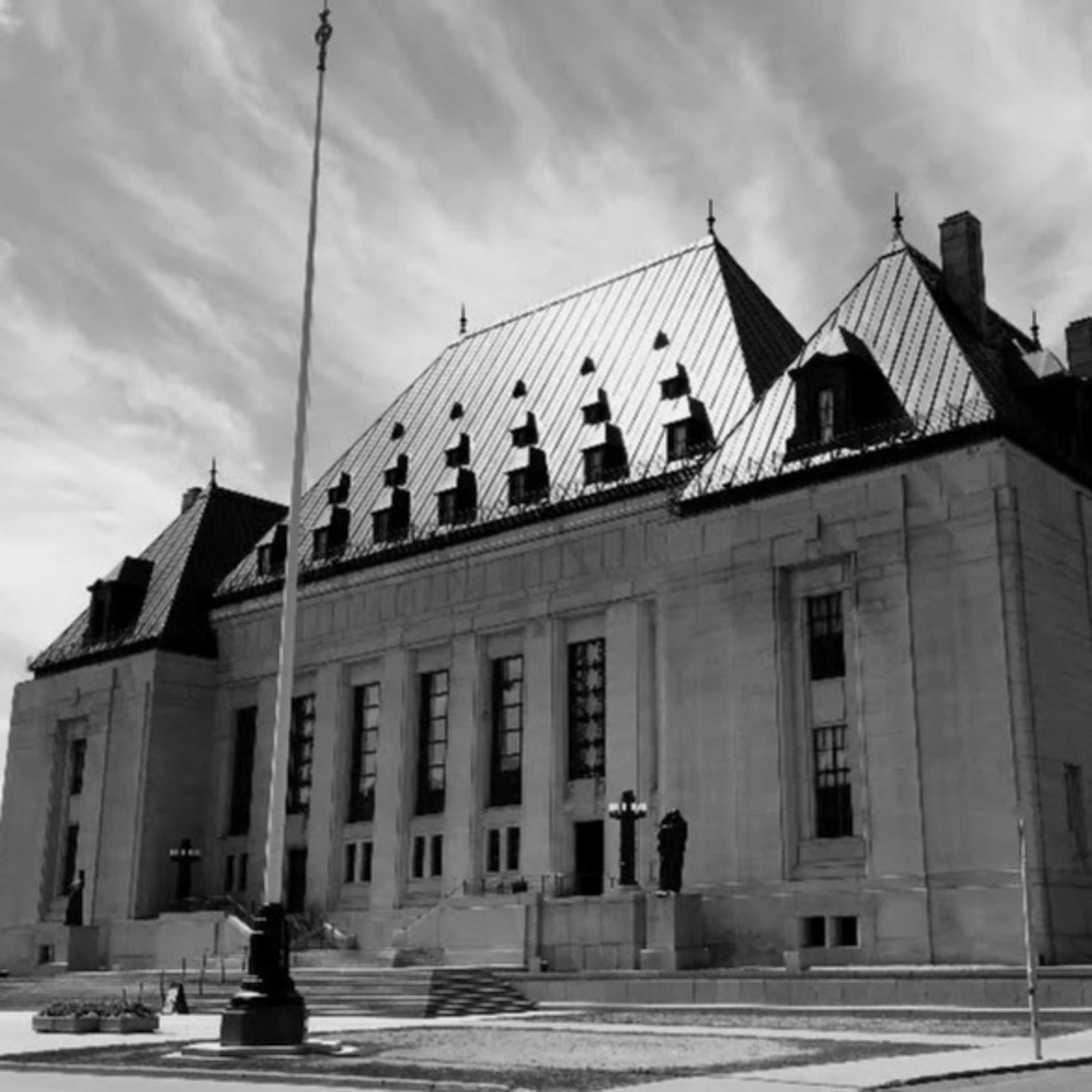Jacob Charles Badger v. Her Majesty the Queen (39844)
Mr. Ray was shot after two masked men burst into his house. In the immediate aftermath of the shooting, he twice identified Mr. Jacob Charles Badger as the person who had shot him. However, at trial, Mr. Ray failed to identify his assailants. The statements he had made shortly after being shot were admitted into evidence as res gestae, on the basis of the spontaneous utterance exception to the hearsay rule. The trial judge found Mr. Badger guilty of aggravated assault.
A majority of the Court of Appeal for Saskatchewan dismissed Mr. Badger’s appeal, holding that the reasoning of the trial judge did not reveal any concerns that he ignored the inherent or situation specific frailties of the identification evidence that came in the form of the spontaneous utterances or failed to properly evaluate the reliability of the spontaneous utterances. In dissent, Kalmakoff J.A. was of the view that the trial judge did not subject the identification evidence to the careful scrutiny the law requires, an error that infected the verdict. He would have allowed the appeal, set aside the conviction and ordered a new trial.
Argued Date
2022-05-16
Keywords
Criminal law - Evidence, Assessment - Criminal law — Evidence — Assessment — Identification — Spontaneous utterance — Whether the trial judge erred in law in his assessment of the identification evidence .
Notes
(Saskatchewan) (Criminal) (As of Right)
Disclaimers
This podcast is created as a public service to promote public access and awareness of the workings of Canada's highest court. It is not affiliated with or endorsed by the Court. The original version of this hearing may be found on the Supreme Court of Canada's website. The above case summary was prepared by the Office of the Registrar of the Supreme Court of Canada (Law Branch).
